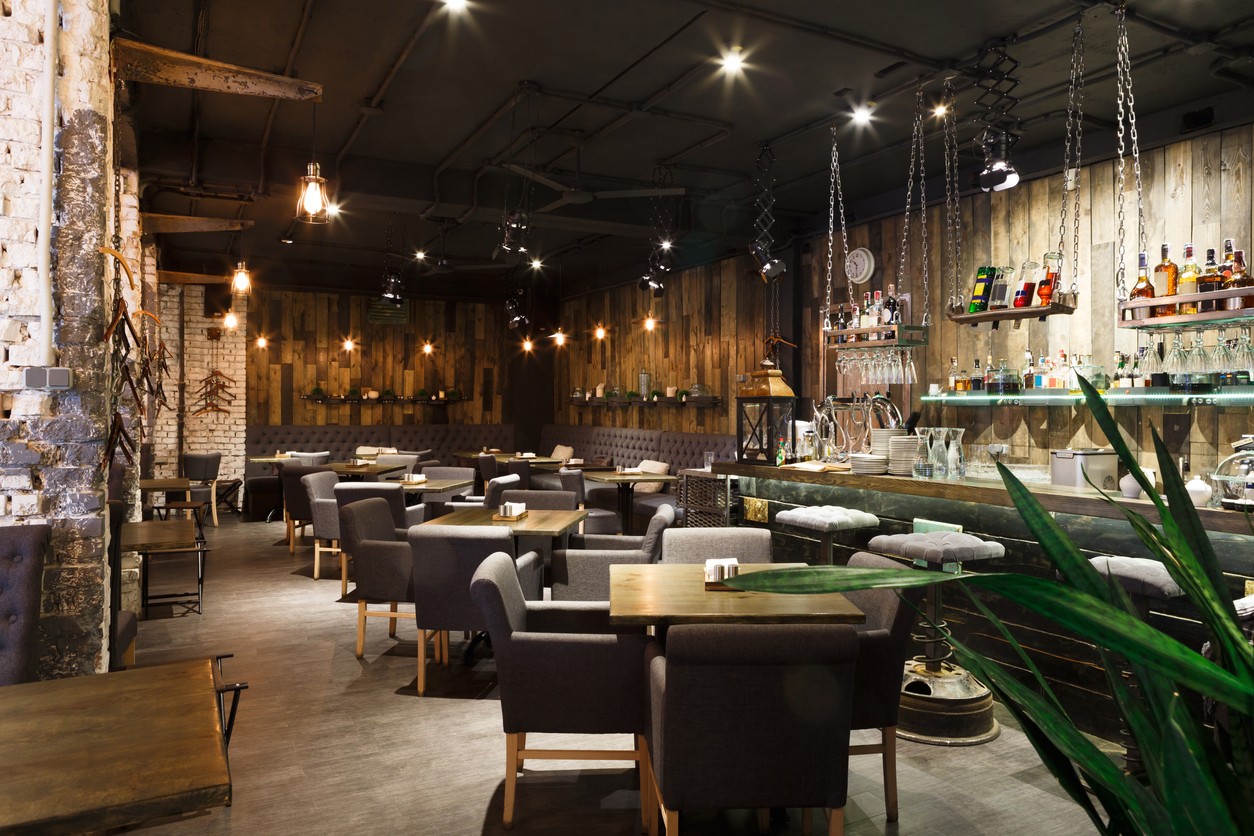Have you ever waltzed into a restaurant and thought, “Well, that chair’s awkward,” or “That table looks like it belongs at my grandma’s”? Let’s face it, the furniture can either make or break the dining experience. Remember, it’s not just about the taste buds but also about creating that ideal ambiance. So, if you’re looking to “spice things up” (pun intended!) in your restaurant dining room, you’re in for a treat – pun, again, intended! Let’s deep dive into 15 tips for selecting the perfect dining furniture to compliment your restaurant’s design and decor.
1. Understand Your Theme and Ambiance
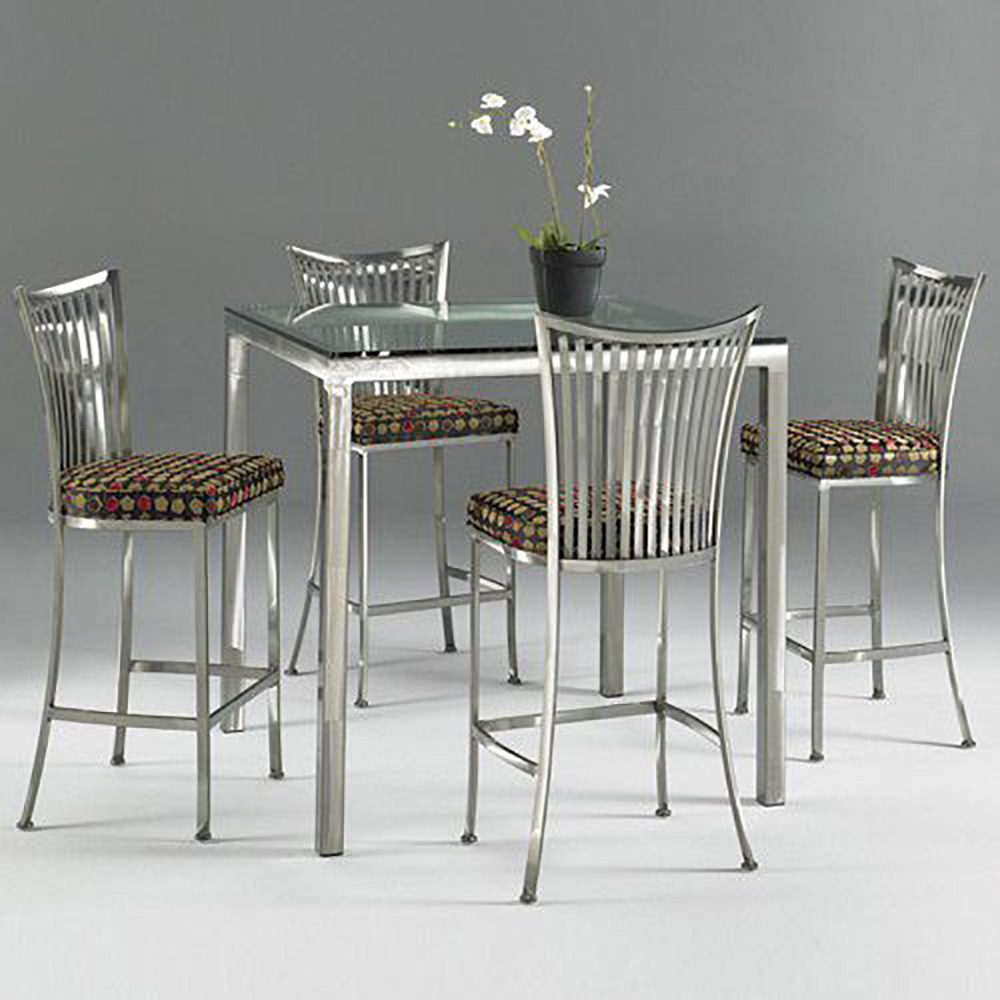
First and foremost, it’s crucial to have a clear vision of your restaurant design and theme. Whether you’re aiming for a rustic look, a modern minimalist style, or a quirky retro vibe, the furniture should echo that sentiment.
For instance, if you’re setting up a beach-themed restaurant experience, don’t bring in heavy Victorian-era chairs. Instead, opt for light, bamboo or rattan furniture that brings the breezy, laid-back beach atmosphere indoors. Imagine pairing a lobster bisque with a beach chair view, sans the sand in your shoes. Blissful, right?
2. Quality Over Quantity
“Budget” might be the buzzword, but compromising on furniture quality isn’t where you want to skimp. Remember, restaurant furniture undergoes daily wear and tear. Investing in durable pieces might feel like a pinch now but will save you from those “Oops! Sorry, that chair was apparently a relic” moments.
When examining furniture for your dining space, pay attention to:
- Materials: Opt for strong, lasting materials. If it’s wood, ensure it’s treated to avoid termites; for metals, look for rust-proof coatings.
- Craftsmanship: Check for any visible nails, irregular joinery, or wobbly parts. Top-notch craftsmanship not only guarantees longevity but also screams elegance.
3. Functionality is Key
As alluring as a gigantic, chandelier restaurant table might be, ask yourself – is it functional? Can it easily be moved around? Does it accommodate various party sizes? Will your waitstaff constantly bump into it, causing potential “spill disasters”?
Here’s a fun exercise – put yourself in your customer’s shoes, or in this case, their seats. Sit on the chairs, try stretching your legs, pretend to eat, and assess the comfort and functionality.
4. Play with Space
Maximizing space without compromising on aesthetics is a real art. Avoid overcrowding. Give your guests the elbow room they deserve. When planning, consider:
- Table Arrangements: A mix of large communal tables and intimate booths can cater to varied customer needs. A couple on a date might prefer a cozy corner while a family gathering would love a big table.
- Walking Aisles: Ensure there’s enough room and seating capacity for people to move around without feeling like they’re in a maze or a game of human pinball.
5. Flexibility and Storage
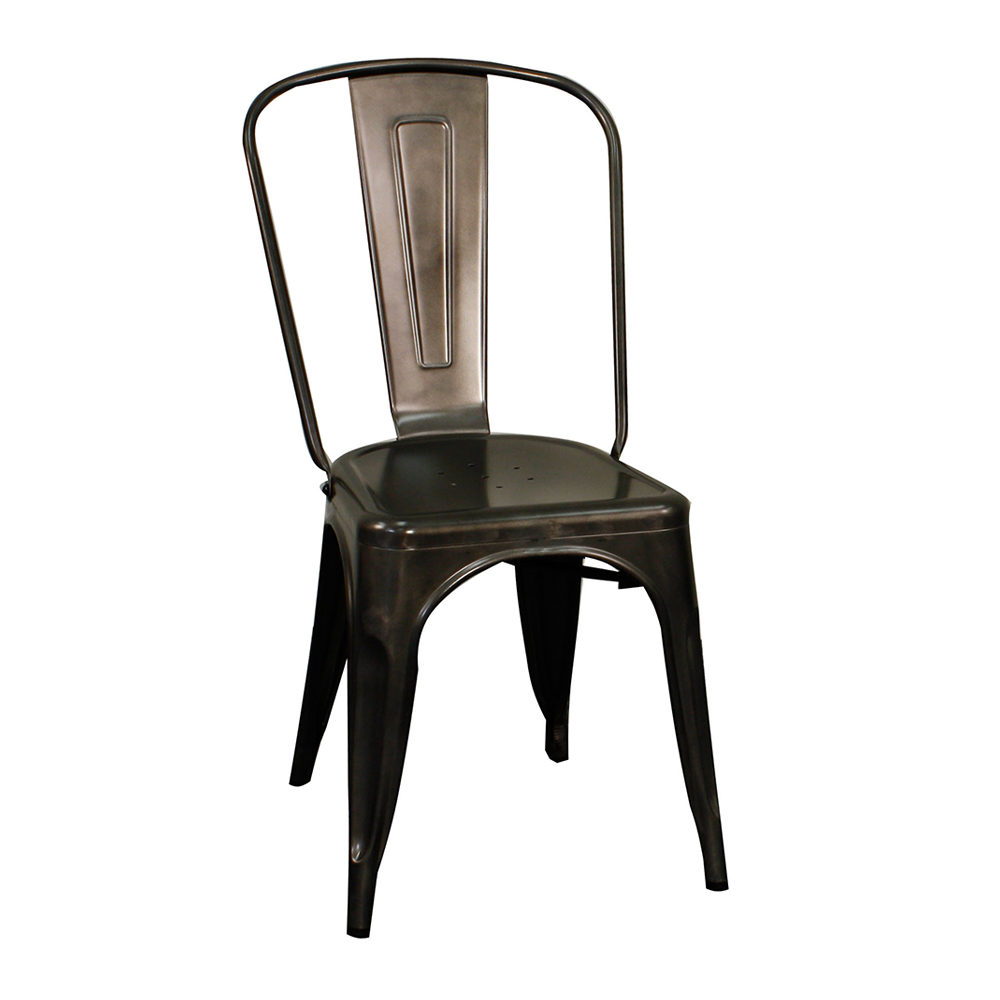
Think modular. Furniture that can be rearranged for large groups or stored when not in use can be a game-changer. Also, consider weather-resistant furniture if you have an outdoor section. No one likes a soggy seat post-rain!
Selecting the right dining tables, dining chairs, and barstools plays an important role in the functionality, aesthetics, and comfort of a restaurant. Here are some key considerations to keep in mind for a great customer experience:
6. Space and Layout
- Spacing: Ensure that there’s adequate space between tables for both diners and staff to move comfortably. Typically, a space of at least 18 inches between tables is recommended.
- Flow: Think about the traffic flow. Paths to the kitchen, restroom, and exits should remain unobstructed.
- Size of the Furniture: Depending on your restaurant’s concept, you might want larger tables for family-style dining or smaller ones for intimate settings.
7. Comfort
- Ergonomics: Offer comfortable furniture. Dining chairs and barstools should be designed in a way that they’re comfortable to sit on for extended periods.
- Table Height: Ensure the table height matches the chair height. Diners should be able to sit comfortably without their knees hitting the table underside.
8. Durability and Maintenance
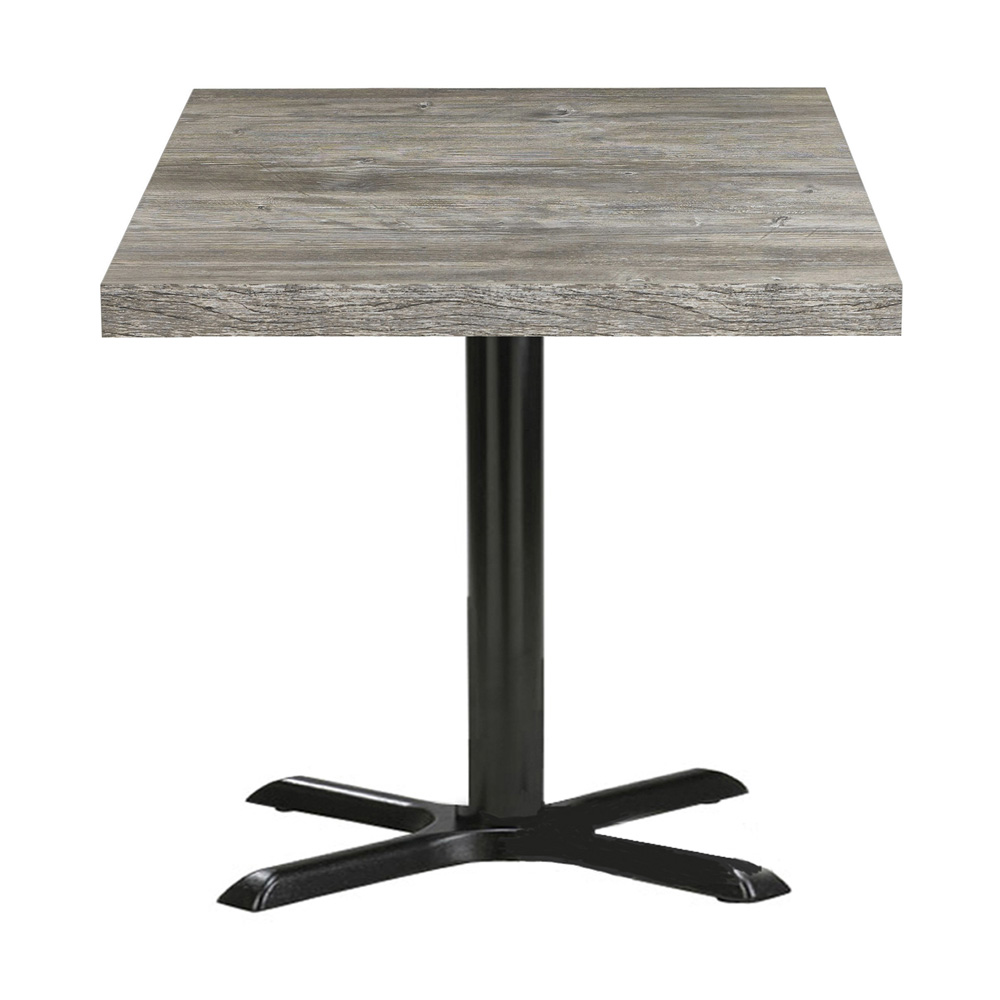
- Material: Restaurants see a lot of wear and tear. Select materials that are durable and easy to clean. Metals, solid wood, and certain plastics or laminates can be an excellent choice.
- Maintenance: Some materials may require regular maintenance (like re-varnishing wood) while others are more hassle-free.
9. Style and Aesthetics
- Theme Consistency: The furniture should match or complement the overall theme and decor of the restaurant.
- Color: The color of the furniture can affect the mood and overall aesthetic. Neutral colors might be versatile, but vibrant colors can add character.
10. Functionality and Versatility
- Stackability: In some settings, being able to stack chairs and tables can be an ideal choice for cleaning or rearranging.
- Adjustability: Tables with adjustable heights or extendable features can be versatile.
- Weight: Consider the weight if the furniture needs to be moved regularly. Lighter may be better in these cases, but ensure stability isn’t compromised.
11. Budget
Always factor in the cost and try to get the best value for money. Investing in high-quality pieces might be more cost-effective in the long run due to longevity and reduced maintenance.
12. Safety
- Stability: Tables and chairs should be stable and not wobble.
- Materials: Opt for fire-resistant and non-toxic materials.
- Edges and Corners: Especially in family-friendly restaurants, consider furniture with rounded edges to prevent injuries from corners of rectangular tables.
13. Barstools
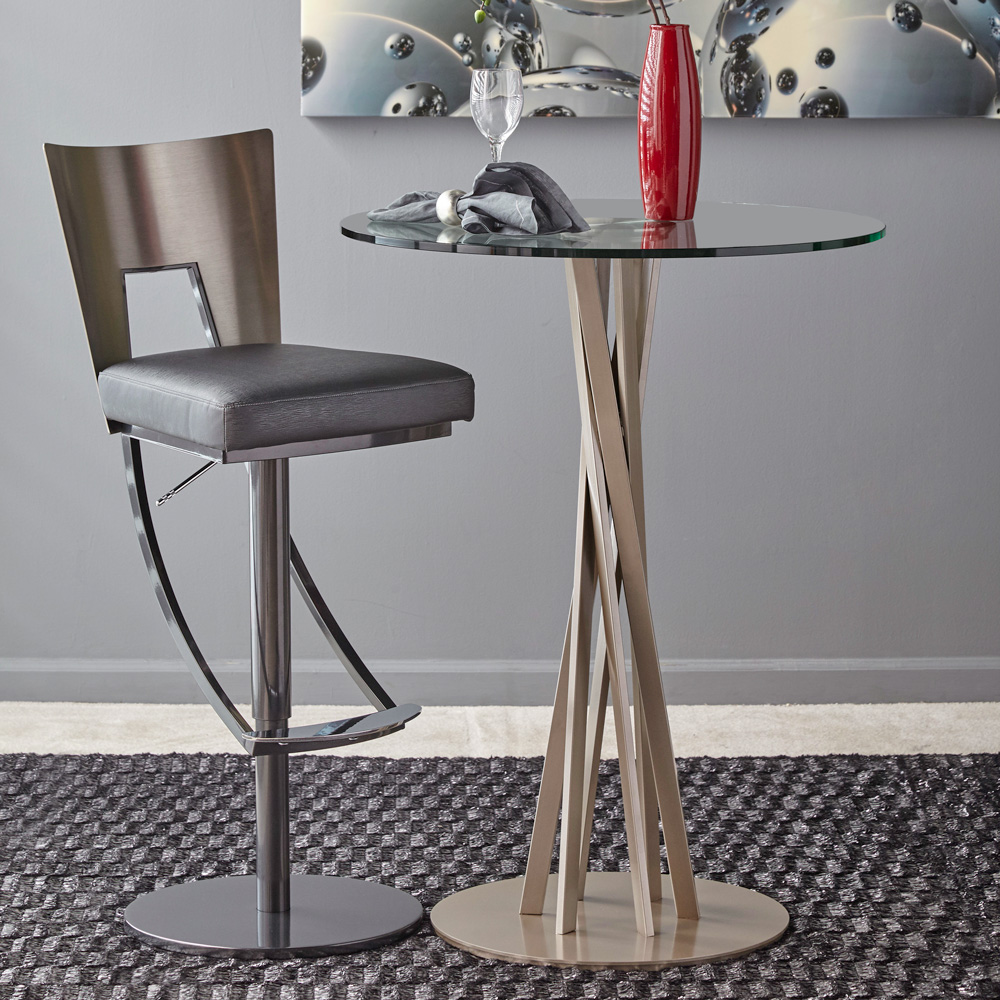
- Height: The height is crucial for barstools. Ensure they match the bar or counter height. Typically, barstools come in two main heights: bar height and counter height. Choose accordingly.
- Footrests: These provide comfort for guests sitting for longer periods.
- Backrests: Depending on the desired aesthetic and comfort level, consider whether barstools should have backrests.
14. Storage
If your restaurant caters to events or changes layout frequently, consider how easy it is to store the furniture. Think stackable chairs.
15. Environmental Concerns
- Sustainability: Choose furniture made from sustainable materials or manufacturers that follow eco-friendly practices.
- Indoor vs. Outdoor: If you have an outdoor dining area, ensure the outdoor furniture is weather-resistant and UV-protected. Select easy-to-maintain outdoor dining sets that can withstand the elements in your outdoor space
Remember, it’s also helpful to get feedback from staff and do a trial run with selected furniture pieces to understand practical issues before a complete rollout.
Your restaurant decor tells a story, and the furniture is the narrator. It sets the stage, influencing dining experiences and reviews. By considering theme, quality, functionality, space, and flexibility, you’ll be well on your way to creating an inviting, memorable ambiance for your patrons. Our expert team at California Dining & Barstools can help you select the perfect dining furniture for your Bay Area restaurant. Whether it’s a casual restaurant or fine dining establishment, we offer a wide selection of dining tables, pub tables, chairs and barstools in different styles and materials. Visit our two showrooms in Sunnyvale and Pleasant Hill today.
